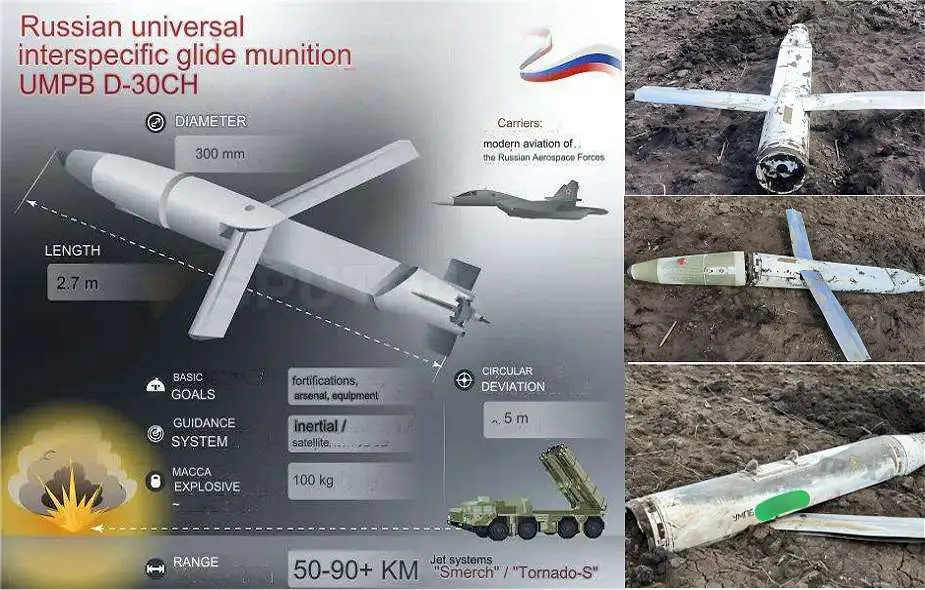Kharkiv, a resilient city in Ukraine, has recently endured devastating attacks from Russia's updated Soviet-era glide bombs. On May 25, Russian forces launched two glide bombs on the city. The first bomb hit a hypermarket with about 200 people inside, resulting in approximately 60 deaths and 40 injuries. Shortly after, a second bomb targeted a residential area in central Kharkiv, injuring 14 people.
President Volodymyr Zelenskiy highlighted Ukraine's urgent need for a defense system against these guided bombs, noting that Russia deployed over 3,200 guided bombs against Ukrainian targets in April alone.
These glide bombs are not new but are upgraded versions of older weapons. A glide bomb is a conventional air-dropped bomb modified for remote launching with enhanced accuracy through wing kits and satellite navigation systems, making them "smart" bombs. Originating from World War II's German Fritz X, glide bombs have been used by various nations in conflicts, including the Vietnam War and the Iraq War.
Russia has modernized its Soviet-era FAB-500 and FAB-1500 bombs by adding a Unified Gliding and Correction Module, which includes fold-out wings and satellite navigation. This upgrade transforms them into guided weapons, offering substantial destructive power while reducing risks to aircrews. These glide bombs have become highly effective for Russia in the ongoing war.
According to Ukrainian media, the Russian military used the new UMPB D-30SN glide bombs in the attack on the Kharkiv hypermarket. The UMPB D-30SN is an additional equipment kit for Soviet-standard bombs, specifically the FAB-250 high-explosive bomb. This kit converts a free-falling bomb into a glide bomb by deploying wings, allowing it to glide towards its target and enabling aircraft to release bombs from a safe distance.
The UMPB D-30SN boasts an operational range 20 to 30 km greater than its predecessor, the UMPK. Paired with the 500-kilogram FAB-500 bomb, it can autonomously fly for 60 to 65 km when launched from a high altitude by a fast-moving aircraft. These bombs cause significant damage but lack the precision of guided missiles, making them less effective against mobile targets but highly destructive to buildings and bunkers.
Reports indicate that glide bombs have played a significant role in Russia's territorial gains in Ukraine, particularly in Kharkiv Oblast. The Kyiv Independent warns that these bombs pose a growing threat to Ukraine, which currently lacks effective defenses against them. As Russia continues to deploy glide bombs, experts express concerns about the escalating danger they present.
Ukraine is struggling to counter Russian glide bombs due to advanced Russian electronic jamming. The Ground-Launched Small Diameter Bomb (GLSDB), developed by Boeing and Saab Group and recently supplied to Ukraine, has faced challenges against this jamming. Despite its innovative navigation system, Russian interference has caused many GLSDB bombs to miss their targets.
Air power expert Justin Bronk from the RUSI think tank highlighted Ukraine's difficulties in defending against these bombs. While Ukraine has had some success intercepting high-altitude glide bomb attacks using Patriot launchers, these systems have also been targeted and destroyed by Russian forces.
The ongoing conflict has turned the skies over Ukraine into a high-stakes battleground of technological warfare, with control over glide bomb technology playing a crucial role.


No comments:
Post a Comment